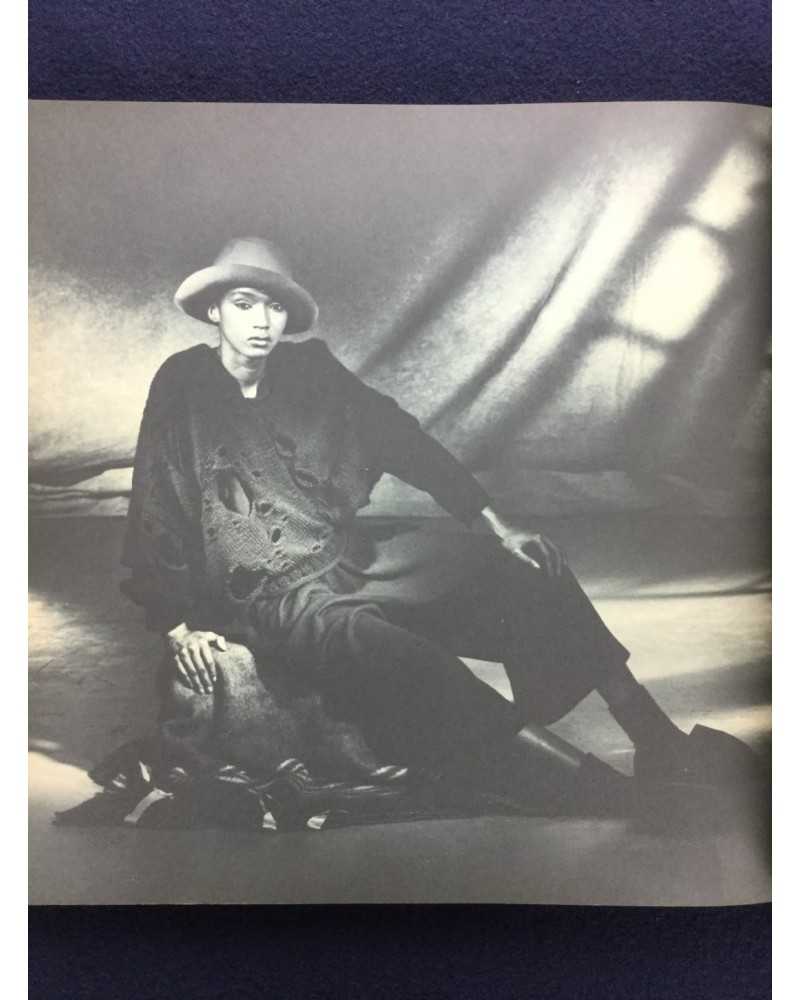

The show is accompanied by the launch of the photography book Deborah Turbeville Comme des Garçons 1981, out May 5 from Idea Publishing and sold at Dover Street Market, New York. Around that time and again in 1985, in the same city, Turbeville photographed Comme des Garçons.Ĭlick ahead to see images from the exhibition, on view until June 10. Like Turbeville, Kawakubo rebelled against flashy mainstream fashion - her first collection debuted in Paris in 1981 with strikingly dark, somber tones. Her beginnings are similar to those of Comme des Garçons designer Rei Kawakubo, who created her own avant-garde revolution as a self-taught fashion designer.

She had previously worked as a fashion editor as a photographer, she was self-taught and projected a distinctly solemn taste in her art. She enjoyed altering her film, making scratches and tears to give the images a faded, mystical look that set her aesthetic apart from bright, clean-cut fashion spreads of the time. Turbeville’s haunting photographs were often printed in black and white or sepia. In Comme des Garçons images, models wear veils, loose-fitting button-downs, and tulle skirts in exaggerated shapes that the brand is known for. A former fashion editor for The Ladies Home Journal, Harper’s Bazaar and Mademoiselle, Turbeville began taking photographs in the 1960s however, she had no formal training until 1966 when she enrolled in a six-month photography workshop given by Richard Avedon and the art director Marvin Israel. Titled “Deborah Turbeville, 1977–1981,” the gallery show features three series of photos: Comme des Garçons, Women in the Woods, and The Glass House. Opening May 4 in conjunction with the Metropolitan Museum’s Comme des Garçons retrospective, a new exhibition at the Staley-Wise Gallery in Soho revisits photos of Comme des Garçons clothing by the late fashion photographer Deborah Turbeville.


 0 kommentar(er)
0 kommentar(er)
